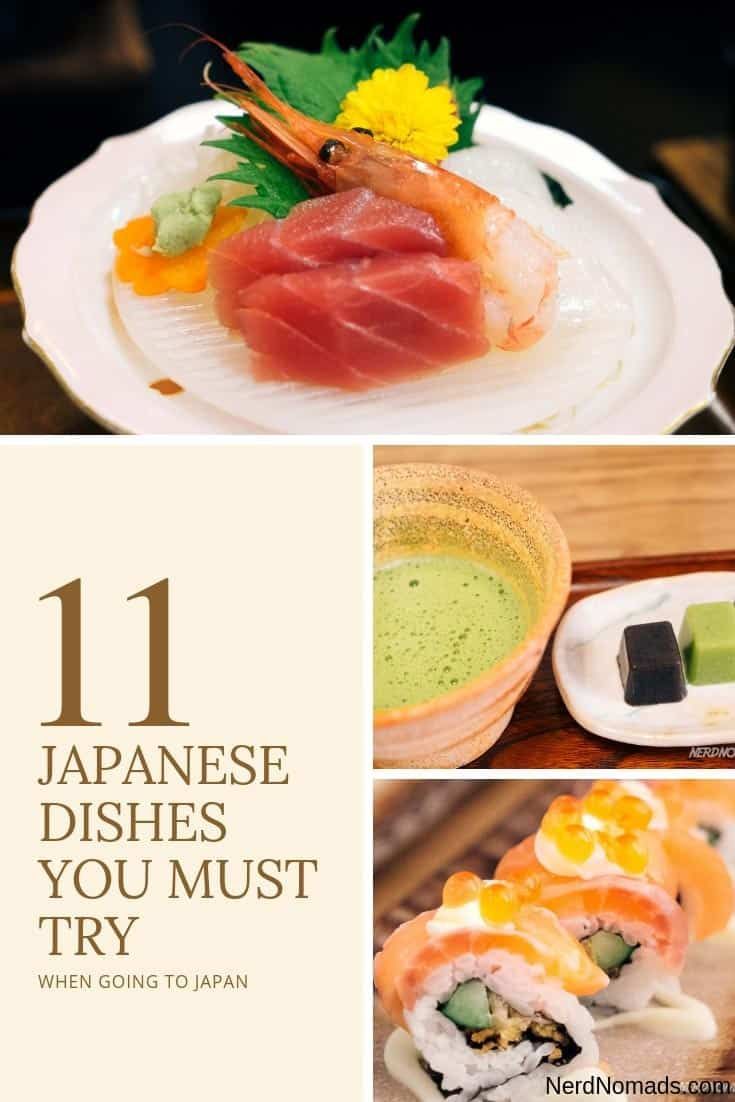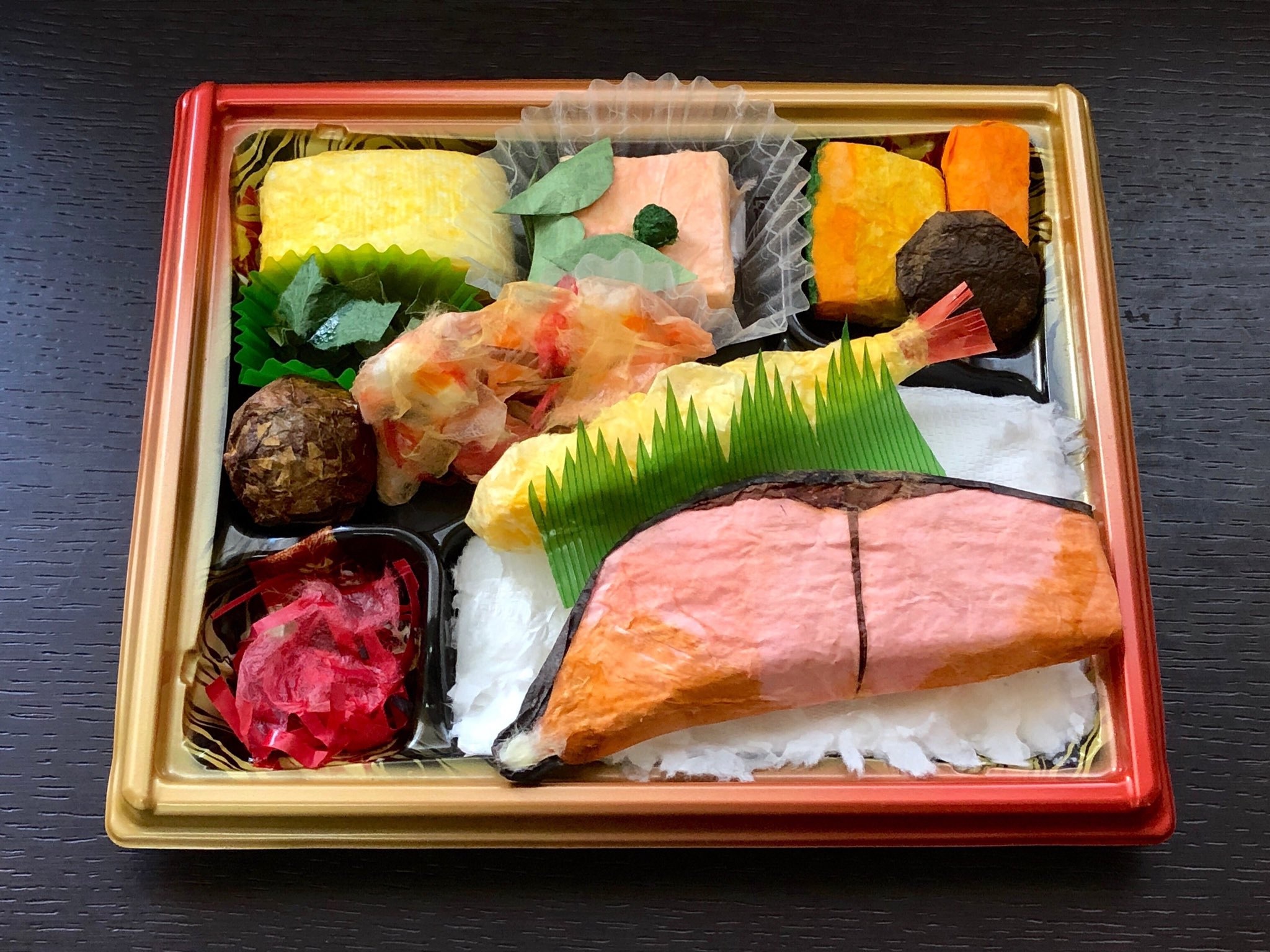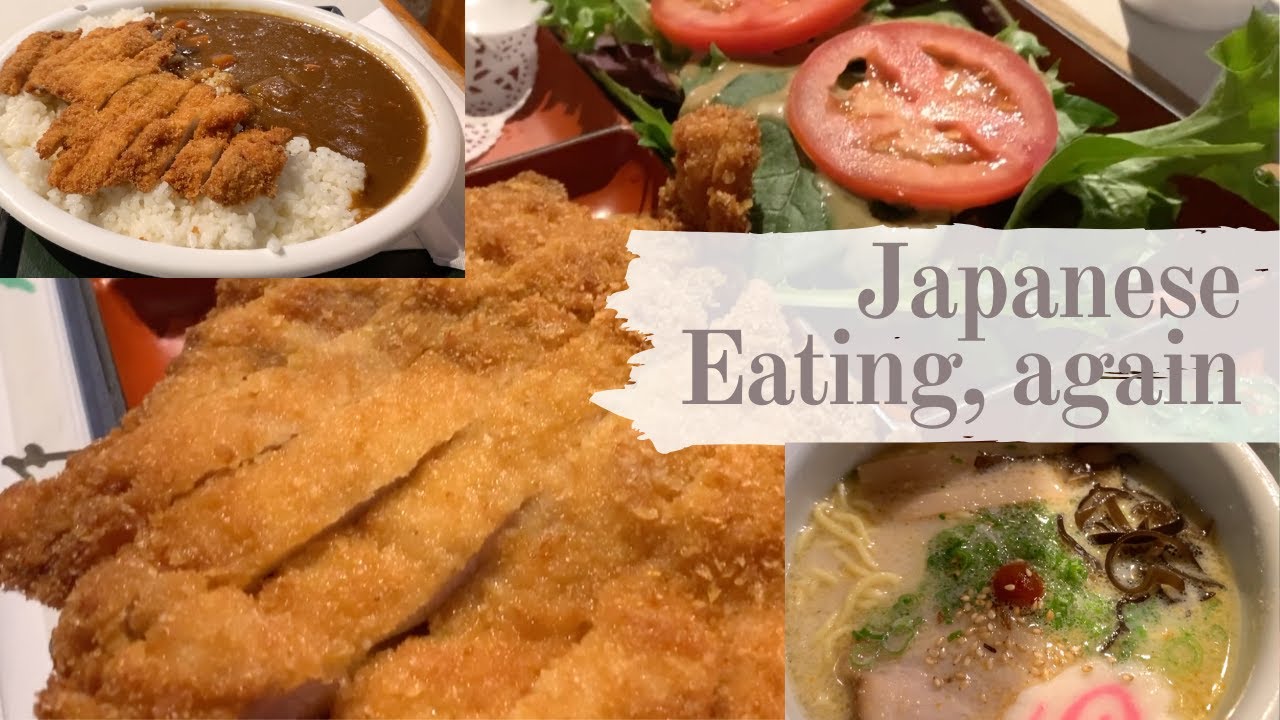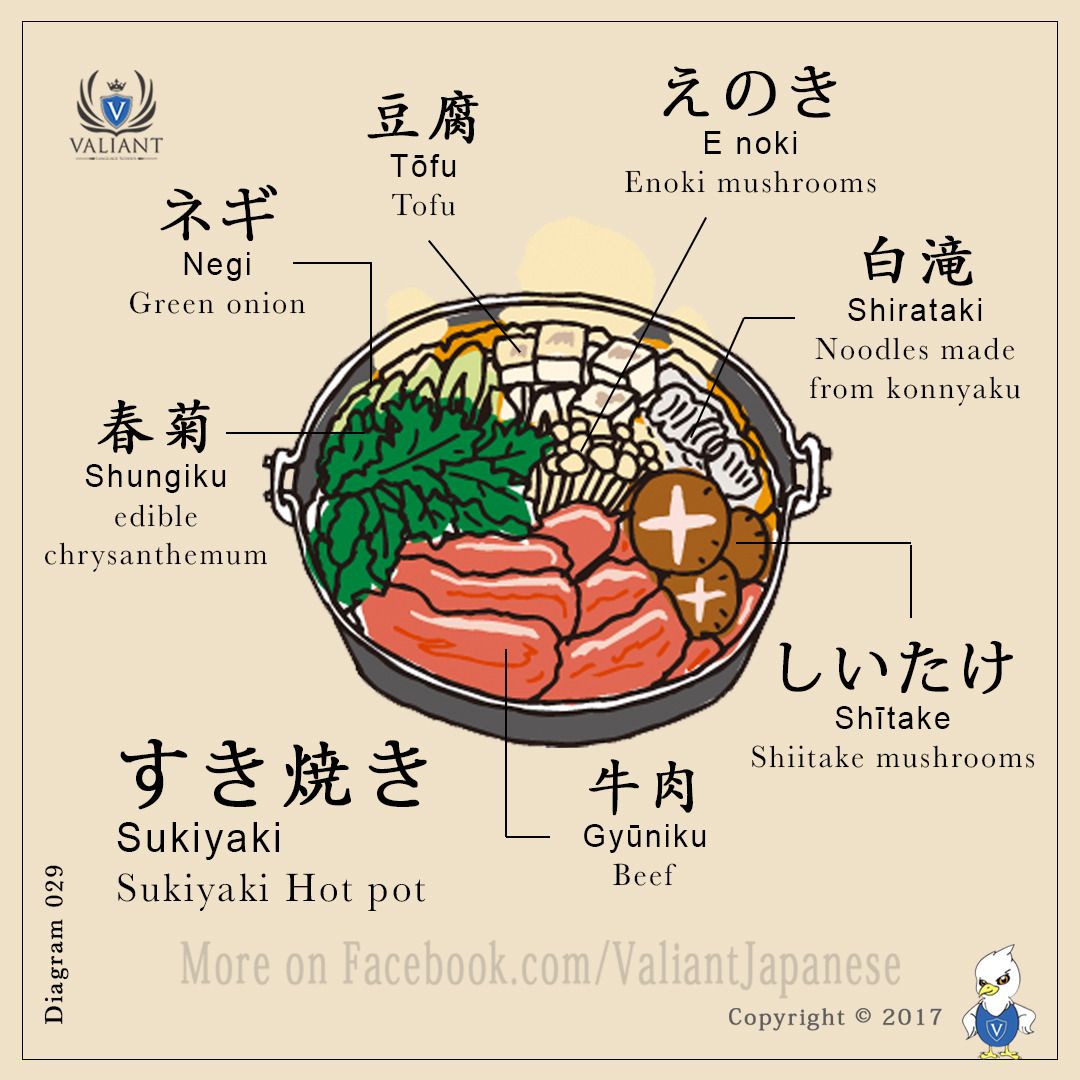
How to Say “Eat” in Japanese
How to Say “Eat” in Japanese In this comprehensive guide, we will delve into the fascinating world of the Japanese language and explore the various ways to say “eat” in Japanese. Japan is renowned not only for its rich culture and cuisine but also for its intricate language. Learning how to express basic actions like […]
How to Say “Eat” in Japanese
In this comprehensive guide, we will delve into the fascinating world of the Japanese language and explore the various ways to say “eat” in Japanese. Japan is renowned not only for its rich culture and cuisine but also for its intricate language. Learning how to express basic actions like eating in Japanese can be both fun and rewarding. Whether you’re planning a trip to Japan or simply interested in expanding your linguistic horizons, this guide has got you covered. So, let’s embark on this linguistic journey together!
Understanding the Basics

Before we dive into the different ways to say “eat” in Japanese, it’s essential to grasp some fundamental concepts of the language. Japanese is a complex language with various levels of politeness, and the way you say “eat” can vary depending on the context and your relationship with the person you’re communicating with.
Japanese Writing System: Japanese uses three writing scripts – Hiragana, Katakana, and Kanji. Hiragana and Katakana are phonetic scripts, while Kanji consists of characters borrowed from Chinese. Learning these scripts is crucial for understanding and speaking Japanese.
Politeness Levels: Japanese is known for its elaborate system of honorifics and politeness levels. The way you say “eat” can change based on whether you’re speaking casually with friends or using more formal language in professional or polite settings.
Ways to Say “Eat” in Japanese

Now, let’s explore the various expressions for “eat” in Japanese, taking into account different situations and levels of politeness:
1. Taberu (食べる)
- Usage: Taberu is the standard, neutral term for “eat” in Japanese. It can be used in everyday conversations with friends, family, and colleagues.
- Example: “Watashi wa gohan o tabemasu” (I eat rice).
2. Ku (食う) – Casual Speech
- Usage: Ku is a more casual and less polite way of saying “eat.” It’s often used among friends or in informal settings.
- Example: “Nani o ku?” (What are you eating?)
3. Meshiagaru (召し上がる) – Polite Form
- Usage: Meshiagaru is a polite and respectful way of saying “eat.” It’s often used when addressing superiors or in formal situations.
- Example: “O-hiru o meshiagaimasu ka?” (Would you like to have lunch?)
4. Dekiru (できる) – Can Eat
- Usage: Dekiru is used to express the ability to eat a particular food or dish.
- Example: “Niku o taberu koto ga dekimasu” (I can eat meat).
5. Itadakimasu (いただきます) – Before Eating
- Usage: Itadakimasu is a polite expression used before starting a meal to show gratitude for the food.
- Example: “Itadakimasu!” (Let’s eat!)
6. Gochisousama (ごちそうさま) – After Eating
- Usage: Gochisousama is said after finishing a meal to express gratitude and acknowledge the deliciousness of the food.
- Example: “Gochisousama deshita” (Thank you for the meal).
Now that you have a better understanding of how to say “eat” in Japanese, you can adapt your language based on the context and your relationship with the people you’re communicating with.
Additional Resources

For further exploration of Japanese language and culture, you can visit the culture section of Japanfollow.com/. This website provides the latest updates and insights on various topics, including “How to Say ‘Eat’ in Japanese.” Don’t forget to follow Japanfollow.com/ to discover more about the intricacies of the Japanese language and culture.
FAQ

Q: Are there regional variations in how “eat” is expressed in Japanese?
A: Yes, there can be regional differences in dialects and expressions for “eat” in Japan. For example, in the Kansai region, people might use “mōsu” instead of “taberu” in casual speech.
Q: Is it essential to learn all the different ways to say “eat” in Japanese?
A: It’s not necessary to learn all the variations, but understanding the context and using the appropriate expression is important for effective communication in Japanese.
Q: Can you recommend any online resources for learning Japanese?
A: Certainly! There are many online platforms and courses that can help you learn Japanese, including Duolingo, Rosetta Stone, and Tofugu. Additionally, you can find helpful YouTube channels and language exchange apps to practice your skills.
Q: What other basic phrases should I learn when visiting Japan?
A: Besides learning how to say “eat,” it’s useful to know common greetings like “hello,” “thank you,” and “excuse me.” Learning basic numbers and asking for directions can also be very helpful.
key words
- learn japanese in 90 days 2024
- japanese in use everyday
- japanese for to day
- how to say i love you in japanese






